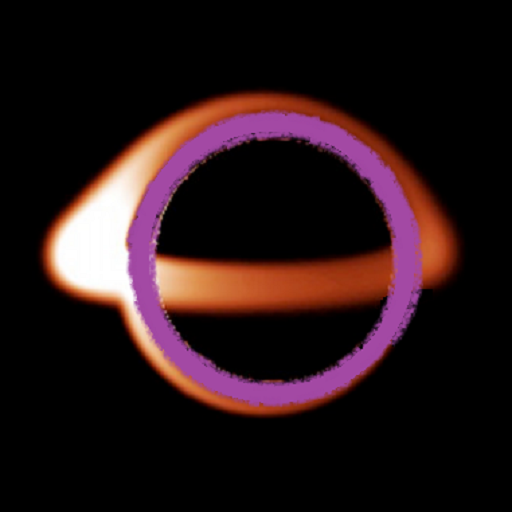 In my book, Grand Slam Theory of the Omniverse, I compare the theories of the universe to the continents of Earth. One can observe how the continents fit together like puzzle pieces. In fact, with plate tectonics, this was actually the case. The continents were once a supercontinent, and they drifted apart over time to the picture we see today.
In my book, Grand Slam Theory of the Omniverse, I compare the theories of the universe to the continents of Earth. One can observe how the continents fit together like puzzle pieces. In fact, with plate tectonics, this was actually the case. The continents were once a supercontinent, and they drifted apart over time to the picture we see today.
In physics, we have one universe with many ways to describe it. Religion, alchemy, the laws of physics, classical relativity, and quantum mechanics are good starting places. Each describes certian characteristics. For example, quantum mechanics describes the small, whereas classical relativity describes large features. Classical theory, also known as relativity, improved upon the laws of physics in terms of accuracy of the mathematics backed by observations. Quantum theories helped improve the mechanism by which the universe was created as well as our understanding of the fundamental nature of its building blocks.
But even with all of the advances in science, the Big Bang Theory is still considered incomplete. As I show in my book, this is where the puzzle pieces fit together when we look at the big picture. We know that the universe starts with a singularity. The Big Bang is a rapid expansion occurring in three stages. First, inflation occurred in the first trillionth of a second. This means that space literally unfolded faster than light. Then, the universe expanded further. It was once thought that it would eventually collapse in on itself, only to repeat its Big Bang. But it was found that it continues expanding exponentially and will not contract. On the outermost edges of the universe, the expansion is observed to be accelerating. This was the final puzzle piece.
So we have a universe that is finite in size. And it continually expands, accelerating along the outermost areas of the universe. What does this mean? It means that all of the pieces fit together when you see that our universe came from something bigger.
When it was a singularity, it was not stable; therefore, the Big Bang happenned. So one might ask the question, what happenned before the Big Bang? Using laws of physics, I constructed a model in which a source object creates the singularity within a field that stabilizes it. It then ejects the singularity until it is no longer part of the stabilizing field, and then our laws of physics apply. The Big Bang is allowed to happen according to classical relativity and quantum mechanics.
Here’s where it gets fun, since we’re still trying to figure out why the universe’s expansion accelerates. When an object falls into a black hole, its information is spread across the event horizon, thus preventing loss of information. With the omniverse model, we have the universe ejected from the source, but it expands evenly across its event horizon.
In our three dimensions, the universe looks like it expands in all directions from our vantage point. This is where our science struggles to describe the phenomenon. But in a higher dimensional system, the Omniverse, all of space/time is expanding along a curved surface, causing a lensing effect in our three dimensions. This is because of the expansion along the event horizon of the Omniverse.
What does this mean? The universe is a field that occurs outside of another object. Where else do we see this? The atom. Thanks to advances in quantum mechanics, we now know that the electrons occur as fields around a nucleus. This is exactly what the universe looks like in the Omniverse model.
So, are we really stuck to three dimensions in a universe where we literally fall off the edge if we go too far? All we did was add one dimension to the old flat Earth belief. The real universe is about to be unveiled, and it will be just as big as when we discovered that the universe doesn’t revolve around Earth. We may be at the center of the observable universe, but our universe is part of a bigger picture. My book will ignite the fire that fuels a new revolution of science, as we find ways to mathematically describe the model, formulate predictions, and make new observations supporting the Omniverse.
If you are reading this, then you can say you were there at the beginning. You can tell your children about the day we discovered that the universe is part of something bigger. Come back here to dbert69.wordpress.com for more blogs and info, and follow the Omniverse page on www.facebook.com/GrandSlamTheory for news, announcements, and fun stuff. I will announce when the book Grand Slam Theory of the Omniverse is coming out soon.
Thanks for reading!
“Change your perspective, change your universe.”

